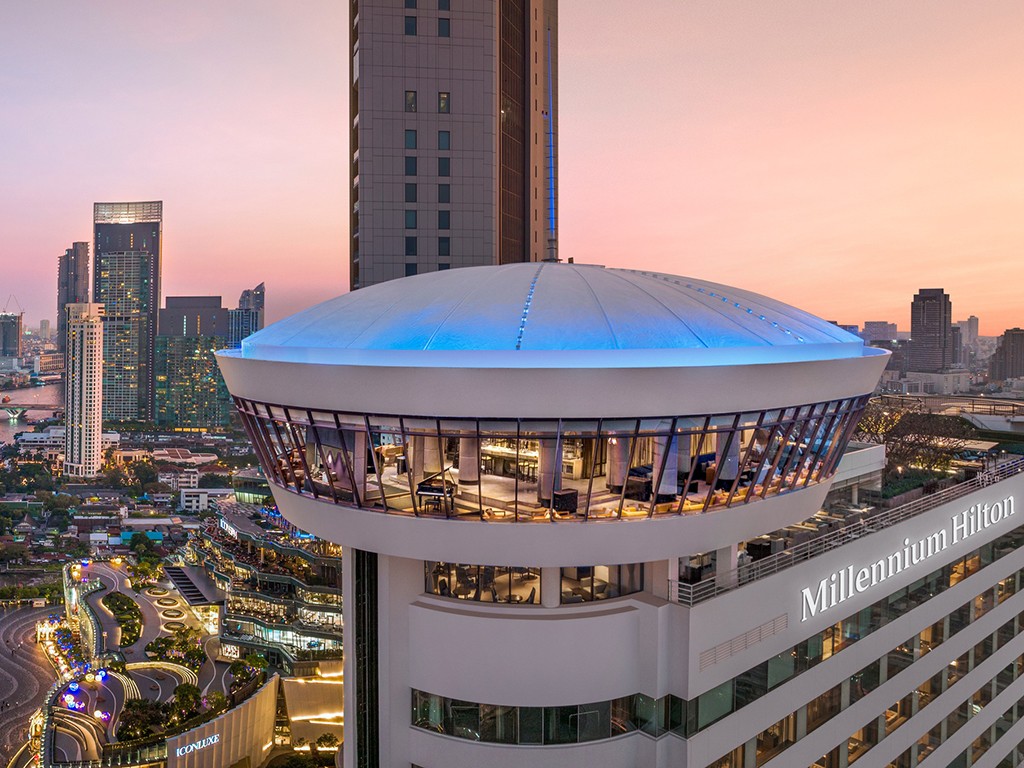
สุดยอด หมู่บ้านโบราณน่าเที่ยว ญีปุ่น
 1308
1308
 รวมฮิตหมู่บ้านโบราณา ในญี่ปุ่น
รวมฮิตหมู่บ้านโบราณา ในญี่ปุ่น
Shirakawa-go is a precious cultural treasure nestled in the mountainous heart of Gifu Prefecture. Set along the narrow Shogawa River basin and surrounded by forested peaks, this historical village features over 200–300-year-old farmhouses arranged in neat rows from north to south, as if time itself stood still.
The village is most renowned for its Gassho-zukuri architecture—named after... read more
The village is most renowned for its Gassho-zukuri architecture—named after... read more
Oshino Hakkai is a treasured natural and cultural landmark located between Lake Kawaguchiko and Lake Yamanakako in the Fuji Five Lakes region. Recognized as part of the UNESCO World Heritage Site “Mt. Fuji: Sacred Place and Source of Artistic Inspiration,” the area represents centuries of spiritual tradition, natural beauty, and geological wonder.
The ponds are formed from snowfall on ... read more
The ponds are formed from snowfall on ... read more
Iyashi no Sato is a scenic, restored traditional village with thatched-roof houses nestled on the western shore of Lake Saiko, offering a panoramic view of Mount Fuji on clear days. Originally destroyed by a landslide in 1966, the village was rebuilt over 40 years later as a cultural destination that revives the spirit of old Japan.
The village features over 20 restored houses, each serving as a m... read more
The village features over 20 restored houses, each serving as a m... read more
ฮิกาชิ ชายะ (Higashi Chaya District) ถนนเก่าแก่ของคานาซาวะ สร้างขึ้นในปี 1820 ในสมัยเอโดะเก่า หนึ่งในย่านความบันเทิง (Ganagikai) ย่านโรงน้ำชาที่ใหญ่ที่สุดและคึกคัก เป็นเขตอนุรักษ์ที่สำคัญสำหรับกลุ่มอาคารแบบดั้งเดิมและเป็นที่รู้จักในชื่อ Higashi Chayagai มีกลิ่นอายของความเป็นญี่ปุ่น ถนนไม่ใหญ่มาก เดินง่าย ภูมิทัศน์เมืองประวัติศาสตร์เมืองเก่าของญี่ปุ่น บ้านไม้เก่าๆ สองข้างทาง บรรยากาศย้อนย...
read more
Gion is one of the most influential Hanamachi (geisha districts) in Japan, with origins dating back to the Edo period. It initially developed as an accommodation area for pilgrims visiting Yasaka Shrine, before evolving into Kyoto’s foremost center of refined entertainment and elite hospitality culture.
In Kyoto, geisha are locally known as Geiko, while apprentices are called Maiko—a d... read more
In Kyoto, geisha are locally known as Geiko, while apprentices are called Maiko—a d... read more
Kurashiki Canal is a distinctive destination located in Kurashiki City, Okayama Prefecture, Japan. The canal flows through the beautifully preserved Bikan Historical Quarter, known for its Edo-period charm and well-maintained traditional architecture.
Originally, Kurashiki was an important rice trading center, and its name means "town of storehouses." Many of the old rice warehouses (kura) li... read more
Originally, Kurashiki was an important rice trading center, and its name means "town of storehouses." Many of the old rice warehouses (kura) li... read more
Ainokura village, located deep within a valley, is the most secluded settlement in the Gokayama region of Japan. With nearly 20 gassho-zukuri farmhouses, it is also the largest village in the area. While many of these farmhouses are still occupied by residents, some have been converted into restaurants, museums, and minshuku accommodations.In 1995, Ainokura, alongside Suganuma and Ogimachi, was de...
read more
































